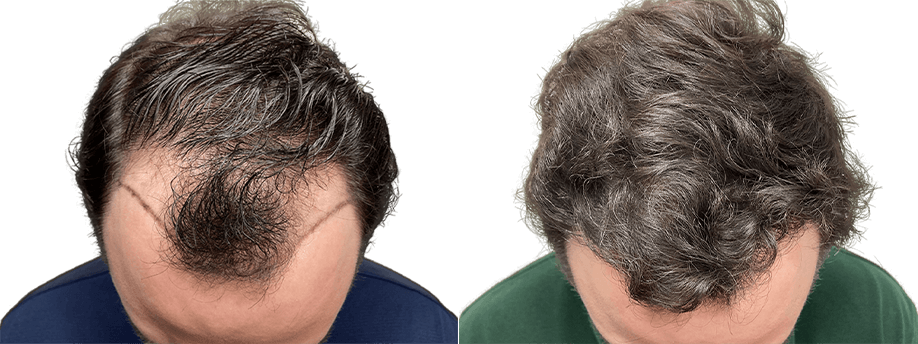Limitations Of Hair Weaving
Weaving procedures are known for delivering an immediate — albeit temporary — solution intended to address the issues associated with hair loss or thinning hair. Weaving procedures are typically performed without any need for an adhesive, and there are a wide range of synthetic or real hair fiber options available to those who choose to address their hair loss or thinning hair in this way.
Since weaving is a non-surgical procedure, patients who wish to avoid even a minimally invasive surgical procedure might consider a weave when selecting a hair restoration option. When one considers the limitations associated with weaving procedures, however, even those who express a serious aversion to any kind of surgery might consider a course of action that actually involves a minimally invasive surgical procedure.
It is important to note that the aforementioned advantages associated with weaving procedures are often mitigated to a substantial degree by the limitations of these procedures. While many patients like the idea of an immediate solution, a weave requires quite a bit of regular upkeep and care, not to mention the need to undergo future weaving procedures. The impermanence of a weave is also worth noting, as individuals seeking a solution to hair loss or thinning hair overwhelmingly prefer a permanent solution as opposed to a temporary one.
Finally, weaving procedures are inherently limited by the type of hair fibers available. No matter how many different fibers might be available for patients to choose from, it is undeniably difficult to match synthetic hair fibers to naturally occurring fibers. Even the most skilled weaving specialists will find it difficult to blend synthetic fibers with the patient’s naturally growing hair follicles, which in turn limits the likelihood that a weave will be indistinguishable from the patient’s remaining natural hair.

